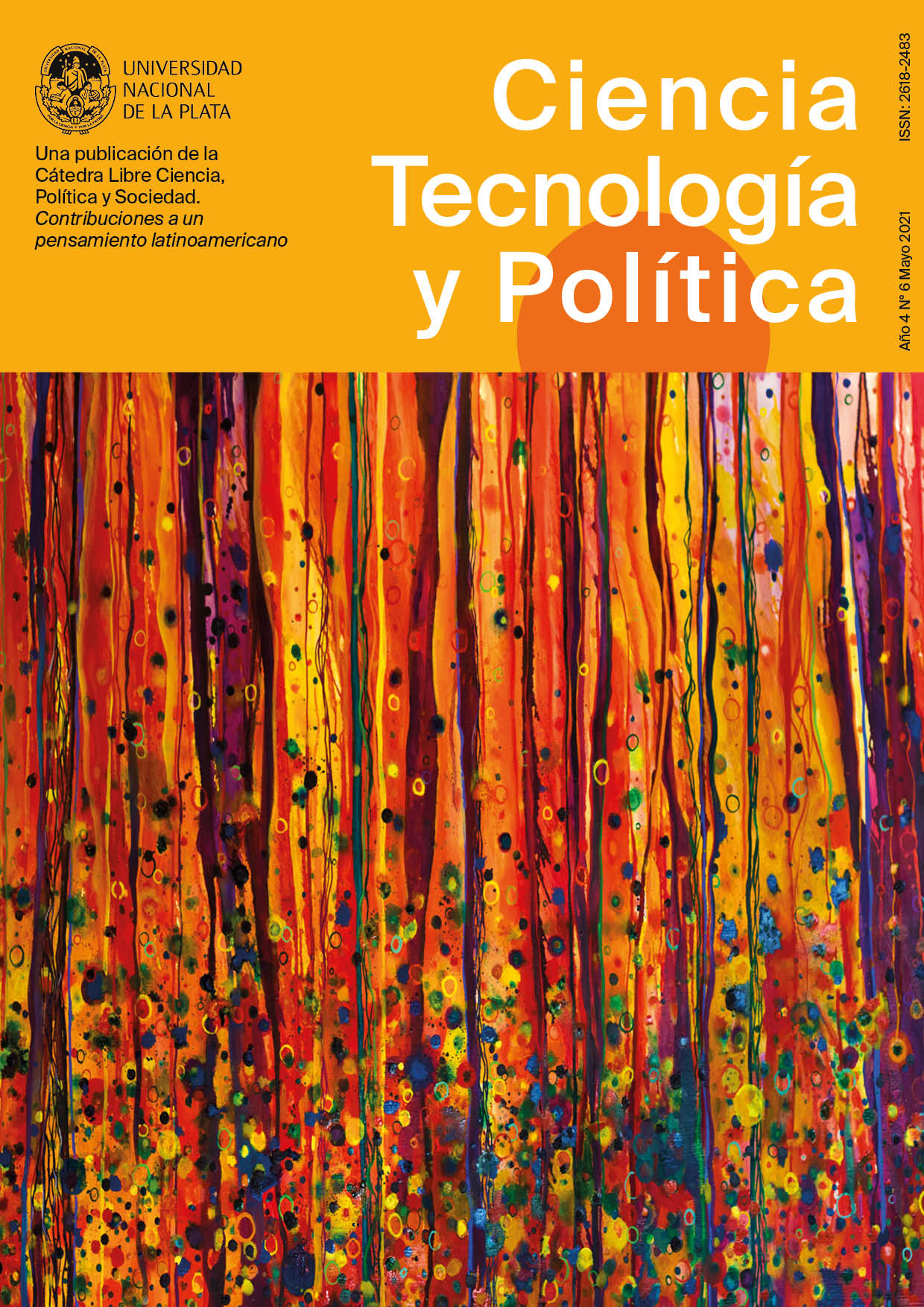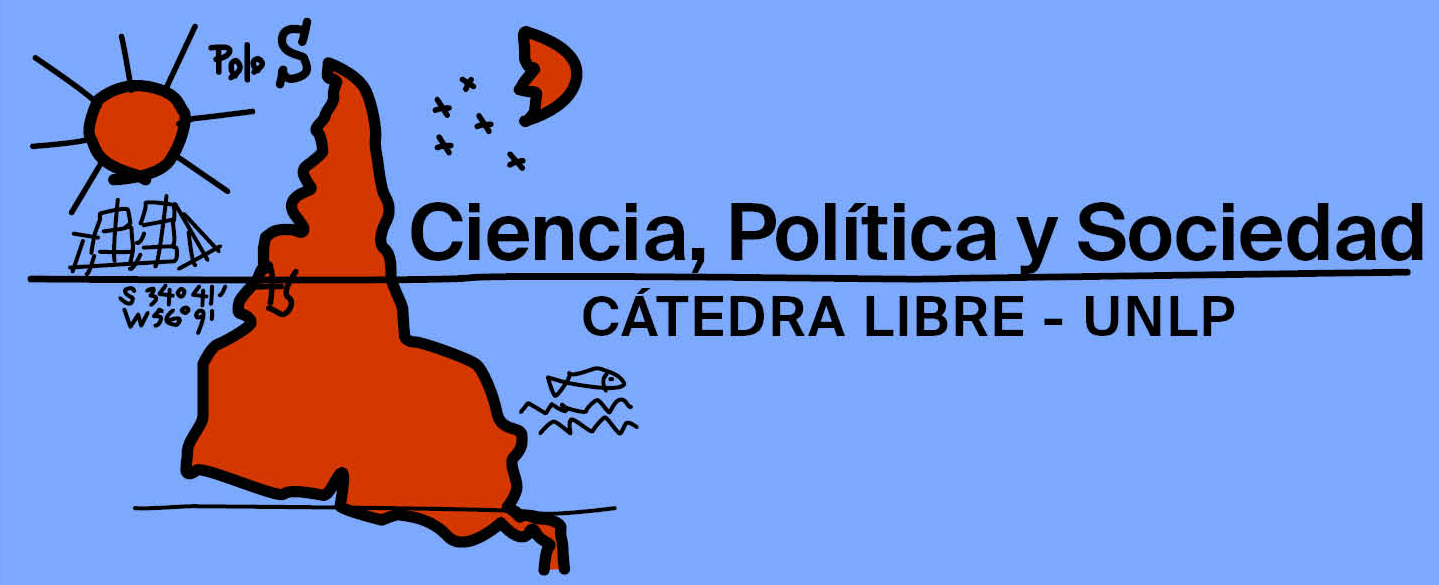What can we learn from China in science and technology policy?
DOI:
https://doi.org/10.24215/26183188e052Keywords:
China, Argentina, science and technology policy, Latin America, history of science policy in ChinaAbstract
The People's Republic of China went in a few decades from being a peripheral country to being the second world economic, scientific and technological power. Among other factors to explain this rapid rise on the global scene, the decisions regarding science, technology and innovation policy stand out. This article analyzes, first of all, the role that science and technology policies had in recent Chinese history from a periodization around the main milestones from the 1949 revolution to the present. Second, from the Chinese experience, some lessons are drawn that may be relevant for the formulation of science and technology policies in the Argentine and Latin American context.
Downloads
Metrics
References
Arrighi, G. (2007) Adam Smith en Pekín. Trad. Juan Mari Madariaga. Ediciones Akal.
Codner, D.; Perrotta, R. M. (2018). Blind Technology Transfer Process from Argentina. Journal of Technology Management and Innovation 13(3): 47-53. https://doi.org/10.4067/S0718-27242018000300047
Deng, X. (1978). The Selected Works of Deng Xiaoping. Modern Day Contributions to Marxism-Leninism. https://dengxiaopingworks.wordpress.com/ (acceso: 25/4/20).
Frank, A. G. (1998). Re-orientar: la economía global en la era del predominio asiático. Universidad de Valencia.
Haro Sly, M. J. (2019). La política científica y tecnológica de China y la cooperación sino-argentina. Ciencia, tecnología y política, 2(3), 029. https://doi.org/10.24215/26183188e029
Haro Sly, M. J. (2020) Science and Technology Policy for Indigenous Innovation in China: The case of the Suzhou Industrial Park. [Unpublished master dissertation]. Silk Road School. Renmin University of China.
Liaudat, S. (2021). Stevia: conocimiento, propiedad intelectual y acumulación de capital. Prometeo.
Liaudat, S.; Terlizzi, M. S.; Zukerfeld, M. (2020). Piratas, virus y periferia: la apropiación impaga de conocimientos en el capitalismo, del PLACTS a la COVID-19. Argumentos 22, 40-81. https://publicaciones.sociales.uba.ar/index.php/argumentos/article/view/5966
MoChridhe, R. (6 de noviembre de 2020). The Hidden Language Policy of China’s Research Evaluation Reform. Blog de la University of Westminster, Inglaterra, Issue 6. http://blog.westminster.ac.uk/contemporarychina/the-hidden-language-policy-of-chinas-research-evaluation-reform/
Sharma, Y. (25 de febrero de 2020). China shifts from reliance on international publications. University World News. https://www.universityworldnews.com/post.php?story=20200225181649179
UNCTAD (2021). Technology and Innovation Report 2021. United Nations Conference on Trade and Development.
Xi, J. (2014). Speeches at the 17th Academician Conference of the Chinese Academy of Sciences and the 12th Academician Conference of the Chinese Academy of Engineering, June 2014. People’s Daily Online edition, http://politics.people.com.cn/n/2014/0610/c1024-25125483.html.
Zhu, S.; Shi, Y. (2010). Shanzhai manufacturing – an alternative innovation phenomenon in China: Its value chain and implications for Chinese science and technology policies. Journal of Science and Technology Policy in China, 1, 1, 29-49. https://doi.org/10.1108/17585521011032531
Published
How to Cite
Issue
Section
License
The authors whose texts are published in this Journal surrender their ownership rights in favour of the editor in a non exclusive manner, i.e. the authors can enter into other independent and additional contracts to publish their text, e.g. including it in an institutional repository, thematic or otherwise, publish it in a book, or others, as long as it is overtly stated that the work was first published in this Journal.
The responsibility for each published paper as regards its content relies exclusively on its authors, holding the editors harmless for any legal liabilities.
The texts of the Journal shall be published under the Creative Commons 4.0 BY-NC-SA license. Therefore, the editors are free to:
1) Share, copy and redistribute the material using any means or format.
2) Adapt, remix, transform and create from the material, under the following conditions:
a) Attribution — credit to this work must be given in an appropriate manner, providing a link to the license and indicating if changes have been made.
b) Non-Commercial Use — no use may be made of the published material for commercial purposes.
c) Share Equal — Authors remixing, transforming or creating from the material must distribute their contribution under the same license as the original.
































